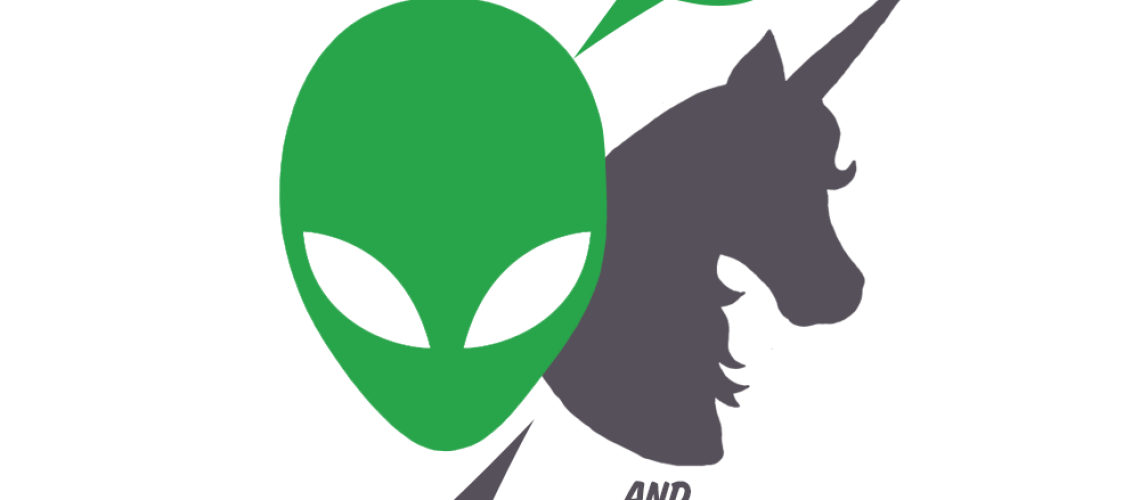February is Women in Horror Month (details about which can be found here), and in the spirit of that celebration, let me say a few words of appreciation for Ruth Rose, the screenwriter to whom all giant apes owe a great debt. Her most celebrated contribution to horror film is her re-writing of the script for King Kong, though she also wrote Son of Kong (1933) and Mighty Joe Young (1949). I want to pause on her contribution to King Kong, though, because what she did with an already existing story gave it a sophistication and a depth that the film’s remakes, no matter how ambitious, have failed to equal.
King Kong’s original script was by the mystery novelist Edgar Wallace, who died before he could revise the initial draft. This was extensively reworked by James A. Creelman, and then his script was, in turn, reworked by Rose. Ray Morton’s King Kong: The History of a Movie Icon from Fay Wray to Peter Jackson describes Ruth’s specific contributions, such as streamlining the plot and improving the dialogue, but what I find most interesting is this: “She enhanced the autobiographical aspects of the script by peppering it with details from actual Cooper-Schoedsack adventures and revising the main characters to more directly reflect their creators — the enthusiastic-to-the-point-of recklessness Carl Denham was based on [co-producer and -director Merian C.] Cooper, the gruff-on-the-outside, tender-on-the-inside Jack Driscoll on Ernest Schoedsack [the other half of the producing/directing team], and struggling actress Ann Darrow on Rose herself” (29). King Kong does much with the Beauty and the Beast myth, and that was there in the earlier scripts, but this matching of the characters with the creators of the film is what gives the film an extraordinary meta-fictional layer. So it isn’t simply that the Beauty and the Beast myth is present, but director Carl Denham is declaring it to be the theme of his film before they even get to Skull Island — indeed, he summarizes the entire plot of the very movie we are watching to Jack Driscoll. Later, he has Ann Darrow perform a screen test in which she must scream in terror at something that is not there — in other words, Ann must perform in precisely the same way as Fay Wray herself.
The mirroring of Cooper/Denham, Schoedsack/Driscoll and Rose/Darrow is part of a complex web of pairings and oppositions in the film (Driscoll is Kong’s opponent, but he is also equated with him on numerous occasions; New York City’s dangers and geography parallel those of Skull Island; and so on). I’m not sure how much of this doubling is Rose’s doing alone (I’d be interested to see the actual drafts of the screenplay), but the additions and revisions Morton describes would be extremely important in their shaping of this effect. Coupled with the enhancements to make the story move (and King Kong’s pace is striking — once Kong arrives on the scene, the events never let up), I don’t think we can overstate the importance of Rose’s contributions to the film. King Kong is, of course, a towering technical achievement, but it is the quality of the script in conjunction with those visuals that make the original film one of the most complex myths to come out of the Hollywood dream machine.







